Blog publishing can seem daunting to beginners.
It’s not as difficult as it seems, but there are a few things you need to know to publish a blog post that will be successful.
In this article, we’ll teach you the basics of how to publish a blog post.
We’ll cover the following items for you.
- The main parts of a blog post
- How to decide what to write about
- How to optimize for the search engines
- How to optimize for your readers
- How to share your posts on social media
- How to track the results of your efforts
The Basics of Blog Publishing
If you’re new to blogging, you might wonder about the basics.
Let’s dig in.
Frequently Asked Questions
What Does It Mean To Publish a Blog Post?
Publishing a blog post simply means making your article live on the internet for anyone to read.
When you hit “publish” on your blog post, it will go live on your website for the world to see.
Google can now start tracking the post to determine where to rank it for its primary keyword.
What Should I Publish on My Blog?
The best way to figure out what to write about is to think about your audience.
Who are you writing for?
What would they like to read about?
Once you’ve considered these things, it will become easier to come up with ideas for blog posts.
Is It Free to Post a Blog?
If you want to create a blog, you can try one of the available free platforms.
For instance, you might try using WordPress.com or Wix.
However, you might decide that using a custom domain name makes the most sense.
You’ll need to pay for hosting when using a custom domain to gain more control over your blog.
What Are the Main Parts of a Blog Post?
The main sections of a blog post include the following.
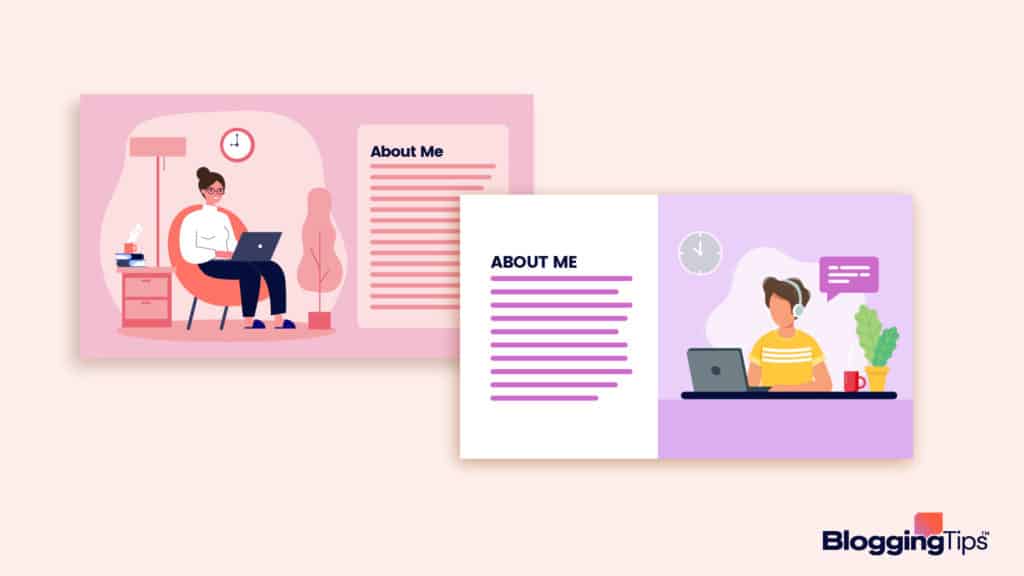
1. Overall Theme of the Post
The overall theme or main idea of your blog post can be something like “How to Make a Pizza” or “The Five Best Beaches in Hawaii.”
2. The Goal of the Blog Post
Once you’ve decided on a theme, you need to figure out the goal of your blog post.
- Are you teaching your readers how to do something?
- Are you reviewing a product?
- Are you sharing your own experiences?
Your goal will determine the tone and structure of your blog post.
3. Title of the Blog Post
The title of your blog post should reflect the main theme.
For instance, a title like “How to Make a Pizza” tells the reader what they can expect from the article.
4. Blog Post Content
Blog post content represents the meat of your blog post.
It is where you’ll share your how-to’s, product reviews, or personal experiences.
Strive to create well-written, engaging, and informative content.
5. Call to Action
At the end of your blog post, always include a call to action.
It could be something like “subscribe to our newsletter” or “follow us on social media.”
How To Publish a Blog Post
Now that you understand the basics of blog publishing, let’s look at how to publish a blog post.

1. Decide What To Write About
The first step in publishing a blog post is deciding what to write about.
As we mentioned above, the best way to come up with ideas is to think about your audience and what they might want to read.
You can also look at other blogs in your niche and see what topics they’re writing about.
Additionally, use keyword research to guide your topic selection.
You can use a tool like the Google Keyword Planner to see how many people search for keywords.
Use those keywords to help you decide what to write.
Once you’ve come up with a few ideas, it’s time to start writing.
3. How To Write and Publish the Post
If you’re using WordPress, writing and publishing a post is simple.
Follow these steps.
Add New Post
To start, log in to your WordPress dashboard and click on “Posts” > “Add New.”
It will take you to the page where you can write your blog post.
Add a Title
The next step is to add a title. Create a catchy title that reflects the topic of your article.
Use the primary keyword in your title.
Doing so will help people find your post when they search for that term.
Write the Blog Post
After you’ve added a title, it’s time to start writing the body of your blog post.
Write about your chosen topic in an engaging and easy-to-read way.
Sprinkle the primary keyword throughout the post.
Be sure to include other relevant keywords throughout the post.
Over time, it will help you get found in Google.
Google will scan the article and rank it for several keyword phrases.
As you’re writing, be sure to break up your text with subheadings.
Most people like to skim articles rather than read them word for word.
Subheadings make it easy to find the information they’re looking for.
Include the post’s primary keyword in a few subheadings.
Add Internal Links
You should add internal links to and from your blog post.
Internal links are links that point from one page on your website to another page on your website.
They help people navigate your site and keep them engaged.
To add an internal link, highlight the text you want to link and click on the “Insert/edit link” icon.
In WordPress, a pop-up window will appear where you can enter the URL or the keywords from the page you want to link to.
Using a tool like Link Whisper can speed up your internal linking process.
It helps you easily find internal linking opportunities and add them with just a few clicks.
Add a Featured Image
Adding a featured image is optional but it’s something we recommend doing.
A featured image is the main image that appears at the top of your blog post.
It helps make your post more visually appealing and can help it stand out in search results.
Click on the “Add Media” button to add a featured image.
A pop-up window will appear with all of the images on your site.
You can upload a new one or select one already on your site.
Once you’ve selected an image, click on the “Set featured image” button.
Click Publish
After you’ve written the blog post and added a featured image, it’s time to hit the “Publish” button.
Your post will now appear live on your website.
3. Optimize the Post
Optimizing a post using on-page SEO techniques is a must when you want to rank your blog post in search engines.
On-page SEO includes optimizing your title, meta description, and header tags.
You can also optimize your blog post for certain keywords.
Use Rank Math or Yoast To Optimize for On-page
If you’re not sure how to do on-page SEO, we recommend using a plugin like Yoast SEO or Rank Math.
These tools will help you optimize your blog post by making sure you’re using each keyword appropriately throughout your meta tags and content.
Optimize the Post for Semantic Search
In the last few years, semantic search has become a crucial element of SEO.
Semantic search is the process of understanding the user’s intent behind their search query.
To optimize your blog post for semantic search, you need to use related keywords and phrases throughout the post.
For example, if someone searches for “how to bake a cake,” you might want to use related phrases like “baking a cake from scratch” or “easy cake recipes.”
You can use tools like Clearscope or Surfer SEO to help you find related keywords and phrases as you work to optimize for semantic search.
Some bloggers think that publishing a post is where the work ends.
However, if you want people to read your post, promote it.
There are a few different ways you can share your blog post.
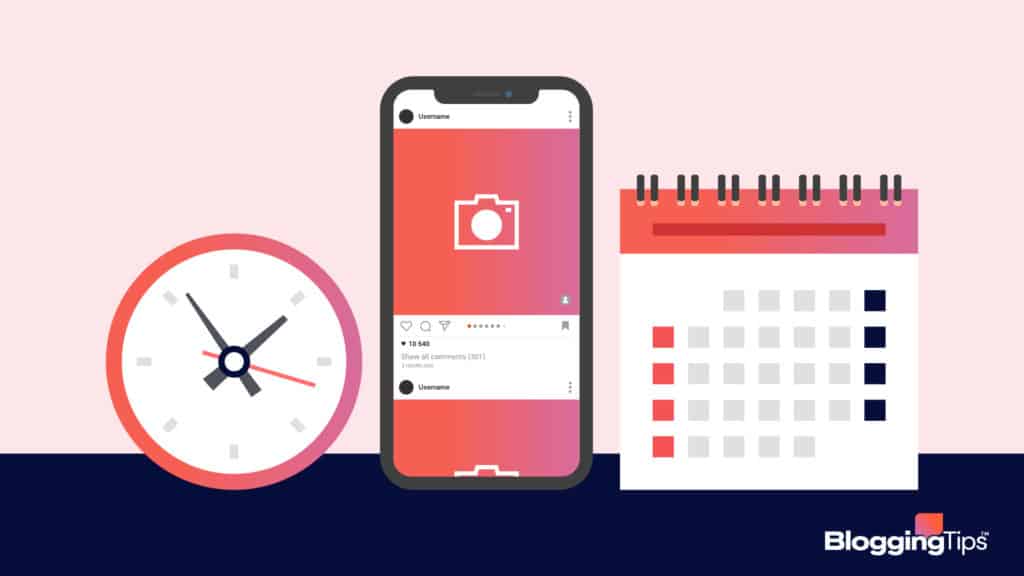
Here are three main places to share each new blog post.
Email List
Your email list is a group of people who have signed up to receive updates from you.
When you publish a new blog post, you should let your email subscribers know about it.
You can do this by sending an email or adding a link to your latest post in your weekly newsletter.
Social Media
You can also share your blog post on social media.
Using this strategy represents a way to reach new people who might want to read your blog.
You can share your post on Twitter, Facebook, and LinkedIn.
Use a little strategy when posting on social media.
Think about what you can entice your social media followers with so they’ll become excited to read the blog post.
For example, if you’re sharing a blog post about how to make the perfect chocolate cake, you might want to include a photo of the cake in your social media post.
Outreach To Other Bloggers
Finally, you can partner with other bloggers in your niche to get the word out about your latest blog post.
Again, this requires some strategy to do successfully.
Ask yourself why another blogger might want to promote your work.
Think about how you can help them as well.
Here are a few ideas when reaching out to bloggers.
- Write a guest post for their blog
- Feature them in your latest blog post
- Invite them on your podcast
- Promote one of their posts on social media
If you can offer something of value to another blogger, they’ll more likely want to help you promote your blog posts.
The answer to when to share a blog post isn’t a straightforward one.
Consider the timezone of your audience, when you’re most active on social media, and how quickly you want your post to gain traction.
As a general rule of thumb, we recommend sharing your blog post as soon as it goes live on your site.
Then, share it again a few days later.
You can also share your blog post when you publish other content on your site.
For example, mention your latest blog post in your show notes if you run a podcast.
Track Your Results
Pay close attention to tracking your results when publishing blog posts.
Tracking includes everything from how many social media shares you get to how much website traffic your post generates.

Importance of Tracking Results
It’s important to track the progress of your blog post for a few reasons.
First, it can help you understand what content resonates best with your audience.
You can then use this information to figure out the most effective topics for future blog posts.
Additionally, tracking the progress of your blog post can help you identify any areas where you need to improve.
For example, if you see that your blog post isn’t getting any social media engagement, you might want to rethink your chosen target audience, keyword selection, or blog post headlines.
How to Track a Blog Post’s Progress
There are a few different ways you can track the progress of your blog post.
Traffic to the Post
One way to track how well your blog post is doing is by looking at how much traffic it’s getting.
You can do this using Google Analytics. Create a free account and add your blog to the platform.
Google Analytics will start tracking how much traffic your blog post gets, where that traffic comes from, how long people stay on your site, and what they do while they’re there.
Ranking for Keywords
Another way to track your blog post’s progress is by looking at how well it’s ranking for its keyword.
You can do this using a tool like Semrush or Ahrefs.
Both platforms offer free trials, so you can sign up and use them to see how well your blog post ranks for your chosen keywords.
Each of these options provide a keyword ranking report that provides insight into how to more effectively rank your website’s posts.
Ahrefs and Semrush will also show you how well your competitors are doing for the same keywords.
Using this information can give you insights into how to improve your blog post and outrank your competition.
Social Shares and Engagement
Another metric you can track is social shares and engagement.
Data in this area might include how many times people share your blog post on social media, how much engagement (likes, comments, etc.) your post gets, and what kind of sentiment people have towards it.
You can track social shares and engagement using a tool like BuzzSumo or Hootsuite.
They will help to track how often social media fans and followers share your blog posts.
Additionally, you can use Hootsuite or BuzzSumo to see how much engagement your post gets.
The tools will also reveal what kind of sentiment people have towards it.
Hootsuite and BuzzSumo offer paid plans that provide more in-depth data.
However, the free plans should give you enough information to get started.
Best Practices for Publishing a Blog Post
Now that you know how to publish a blog post, let’s go over some best practices.
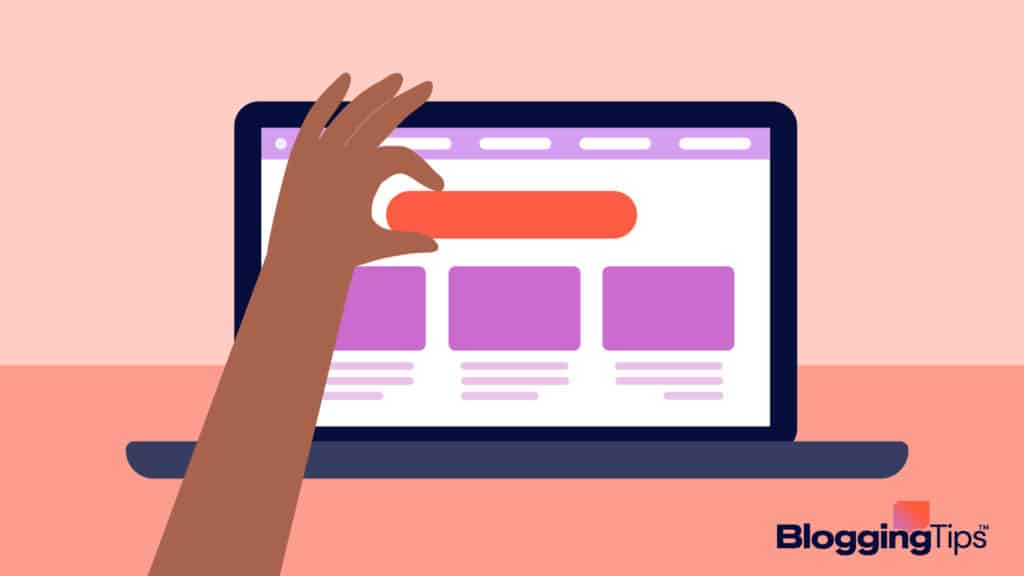
Create Quality Content
One of the most important things you can do when publishing a blog post is to make sure to focus on creating high-quality content.
It includes producing content that provides value to your readers.
It’s also crucial to put together well-written content, meaning it remains free of grammar and spelling errors.
If you’re not a great writer, you can always hire a freelance writer to help you create quality content.
Additionally, research your content.
Back it up with data.
It will help you create more authoritative content that people are more likely to trust and share.
Going deeper, work hard to create compelling headlines.
Your headline is the first thing people will see when they come across one of your blog posts.
Use tools like CoSchedule’s Headline Analyzer to help you write headlines that are more likely to get clicks.
You can also use the Moz Title Tag tool to prevent creating titles that get cut off on Google’s search engine results pages.
Getting your blog post’s title clicked on is a big part of effective search engine optimization.
Google pays close attention to how many times your blog post titles get clicked compared to your competitors’ titles.
If your post receives more clicks while sitting in position three on Google, for instance, you’re more likely to start ranking higher than a competitor in position one with fewer clicks.
One last tip when creating content: Write in the second person.
Using “you” and “your” helps your reader visualize themselves inside the stories you tell or examples you present to them.
Don’t Copy Others: Remain Unique
It’s essential to always remain unique when writing blog posts.
Copying others can hurt your blog in two ways.
For one, it can make your blog seem unoriginal, which can turn readers away.
Additionally, Google may penalize your blog for duplicate content.
When it comes to creating unique content, you don’t need to reinvent the wheel with each post.
Instead, focus on building out quality content that’s helpful and informative.
Also, use your unique voice.
Write as you speak.
It will help your blog posts seem more personal and relatable, which can make readers more likely to connect with you.
Get the Target Audience Correct
When writing a blog post, always keep your target audience in mind.
Write content that appeals directly to them.
Doing so will help ensure that they read your entire post and take actionable steps based on the information you provide.
To help you better understand your target audience, consider creating buyer personas.
These are fictional representations of your ideal reader.
Once you have a few buyer personas created, it will be much easier to produce content that appeals directly to them.
Here are tips to use when creating a buyer persona.
- Give your persona a name: Sarah
- Write down their demographics: Sarah is a 27-year-old female. She has a college degree and works as a marketing assistant.
- Determine what their pain points are: Sarah’s main challenge is that she doesn’t have a lot of experience in marketing. She needs to produce results quickly but doesn’t know how to go about it.
- Figure out how your product or service solves their problem: Sarah can use our marketing course to quickly learn the basics and start producing results.
- Consider what kind of content they will find helpful and informative: Sarah would find blog posts about how to create a marketing plan and how to measure results helpful.
- Find out where they hang out online: Sarah hangs out on social media, specifically Twitter and Instagram. She also reads a lot of blogs.
- Determine what their goals are: Sarah’s goal is to quickly learn how to market so she can produce results for her company. She also wants to develop long-term skills so she can further her career. Use this fictional “Sarah” persona to write content that more effectively resonates with all of your blog readers.
Wrapping Up
Publishing blog posts is a fantastic way to start driving relevant traffic of targeted leads into your sales funnel.
In this article, we’ve covered the basics of how to publish a blog post, including the different parts of a post, how to optimize it for search engines, and how to track its results.
We hope you found this information helpful and that you will put these tips into practice to create successful blog posts that reach your target audience.
Do you have any questions about the blog publishing process?
Please ask us in the comments below so we can provide you with the answers you need.
If you don’t have any questions and feel confident that you now know how to publish a blog post, why don’t you dive into WordPress and get started?
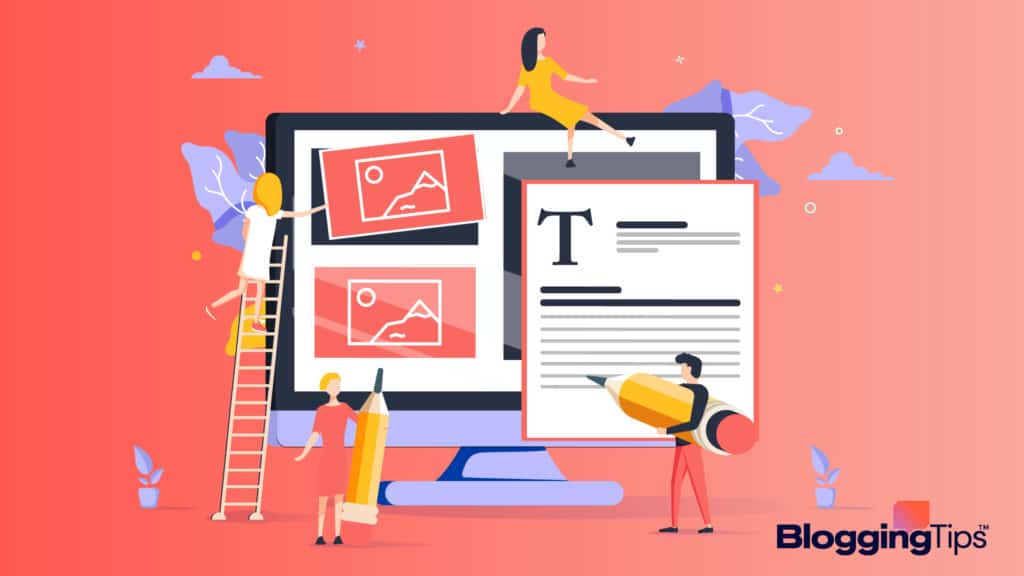


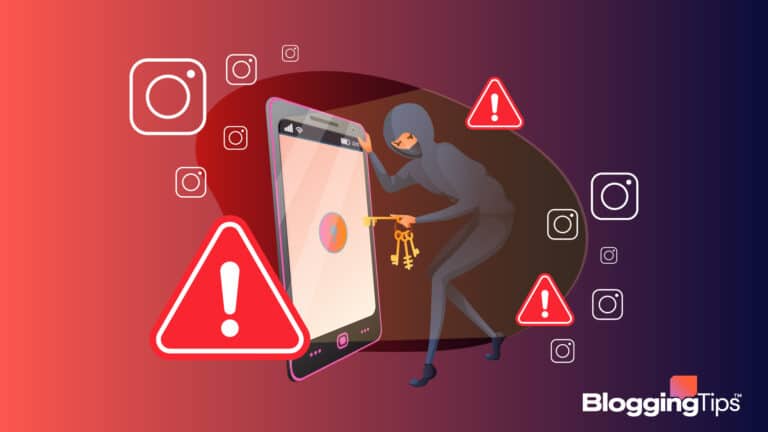




How do I get it online so if someone searches keywords that lead to my page… they can visit my blog? Is there a free way that doesn’t suck the crap out of the amount of viewers who’ll see my link to find my page should they search things related to what I’m writing??